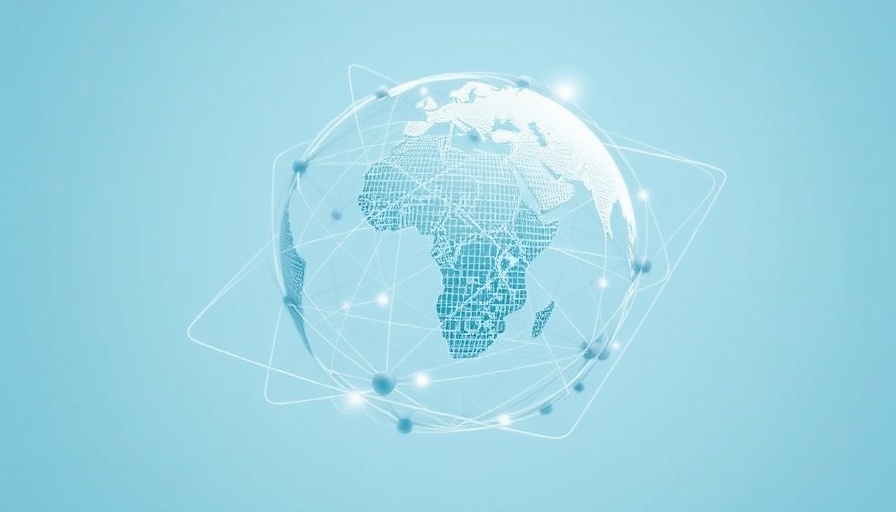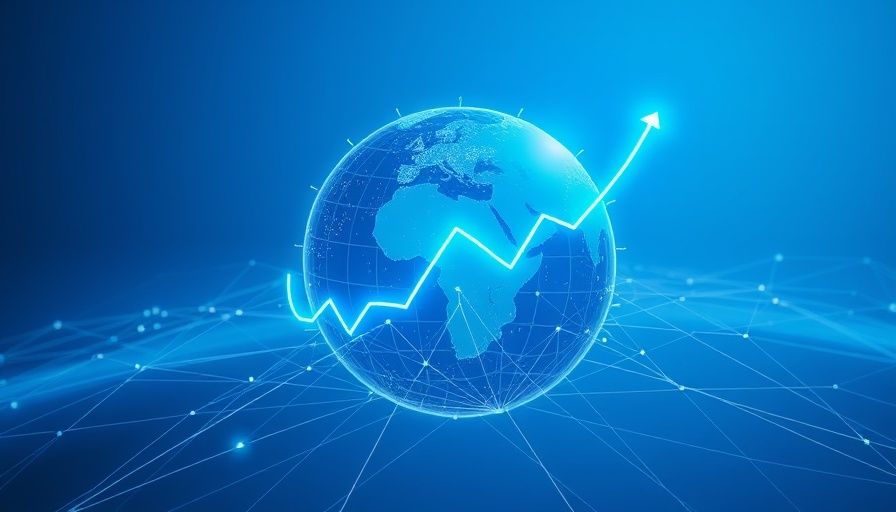
Stability and Slow Growth: A Look into the Global Economy
As we delve into the final stretch of 2024, global economic signals paint a mixed picture. The International Monetary Fund (IMF) has projected a slow but stable economic trajectory into 2025, with annual real GDP growth anticipated at 3.2%. This figure highlights the challenges economies face as they grapple with pre-pandemic growth averages.
Emerging Markets Lead, Advanced Economies Follow
Emerging markets and developing economies are set to steer the growth wheel, with a predicted expansion of 4.2%. In stark contrast, advanced economies are projected to have a modest growth of 1.8% annually. Notably, the United States is expected to grow at an impressive 2.8%, while India leads with a remarkable 7.0% growth expectation in 2024.
The Crucial Transition: Monetary to Fiscal Policies
The IMF underscores the transition from monetary to fiscal tightening as inflation aligns with central bank targets across the globe. Structural reforms and the green transition are emphasized as pivotal for sustainable growth. Meanwhile, China has been proactive, introducing multiple stimulus dimensions to counteract deflationary pressures, aiming to stabilize its real estate market and boost capital inflow.
Future Predictions and Trends
Looking ahead, China's growth is expected to decelerate slightly, while India's economy continues its robust upward trajectory. With advanced economies aligning their fiscal strategies, decision-makers must anticipate these changes and adapt strategies accordingly. The global economic landscape is set to be reshaped by these policy shits, opening avenues for strategic adaptation.
For those making strategic decisions, understanding these shifts is crucial. Facing threats like financial-market volatility and geopolitical tensions demands proactivity and foresight.
 Add Row
Add Row  Add
Add 



Write A Comment